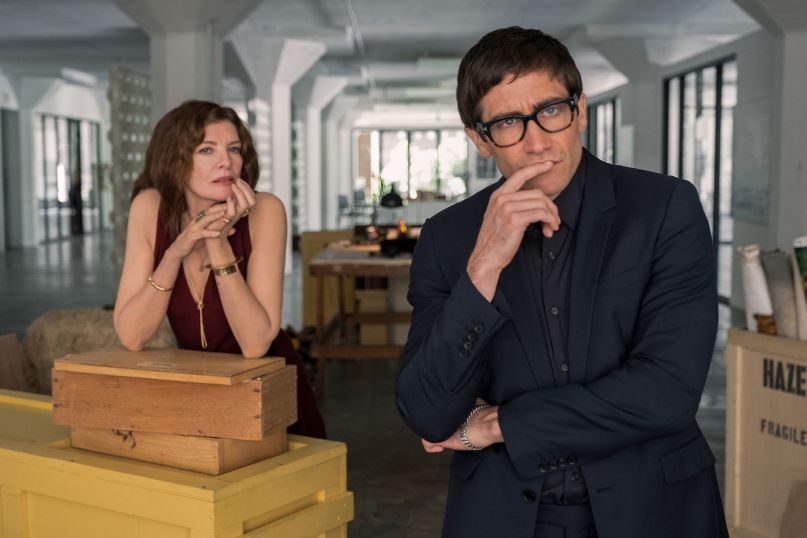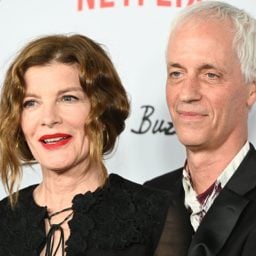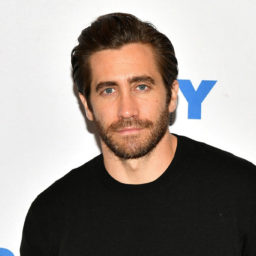A satirical art-world horror flick starring Jake Gyllenhaal? Cue the shrieks of delight. The Hollywood star is reuniting with Rene Russo and Nightcrawler director Dan Gilroy for Velvet Buzzsaw, which will make its debut on Netflix on February 1. Whether it manages to pull off the next-to-impossible trick of nailing the art community or merely occasions countless screeds about how it misses the mark, this is going to be fun. The new thriller, it should be said, was inspired by the director’s memorable visit to a deserted Dia: Beacon, where he experienced Bruce Nauman’s nocturnal video installation in the basement.
Gyllenhaal plays Los Angeles art critic Morf Vandewalt (he aces the blasé-meets-soigné look) in the satirical thriller about the contemporary art world that trains its lens on the corrosive influence of big money. Co-star Russo plays a cash-hungry gallerist, while John Malkovich joins the A-list cast as a star artist whose career has waned since he kicked his fabled alcoholism. In the movie, Gyllenhaal’s character finds himself wrapped up in a bloody mystery involving the coveted work of a potentially criminally insane painter that leads to what director Gilroy describes as “a final shocking realization.”
Speaking to Vanity Fair, Gilroy recounted the creepy visit to Dia: Beacon two years ago that set off his imagination. “It was Tuesday after Christmas, at about 5 p.m. and no one was there,” he recalled. “I was wandering around this huge, empty warehouse with all this rather disturbing contemporary art. And I wound up in the basement in a video installation with, like, dentist chairs and rats running around. And I just through, ‘man, this would be a great place for a horror movie.’” The memorable installation is Bruce Nauman’s Mapping the Studio (Fat Chance John Cage) (2001), which is a highlight of the vast museum in upstate New York.
After giving it some thought and talking it over with Russo, his wife, the director began to craft a plot. “The idea that artists invest their souls in their work and it’s more than a commodity—that has always interested me,” he told Vanity Fair. “I suddenly saw a way of incorporating it all, to explore how, when art and commerce are dangerously out of balance, bad things can happen.”
Gilroy spent two years researching the contemporary art world, consulting a number of different players during the writing and filming process to remain as authentic as possible.
Speaking to Vanity Fair Gilroy cites artnet’s 2017 report that revealed that 25 artists were responsible for almost half of the postwar and contemporary auction sales in the first half of that year, selling for a combined $1.2 billion. “This over consolidation toward branding and names crowds out new talents,” Gilroy said.
“Contemporary art really began as a movement to provoke and challenge,” he explained, “and it now has been completely co-opted by big money and business. And it’s a world that’s off its axis. It’s a world that’s in conflict with itself which, for me, is the perfect setting for a film—a world that has… inherent dramatic potential.”
Spoiler alert: Vandewalt (Gyllenhaal) loses all credibility as he tries to warn others that there is something nasty in the artist’s work. Velvet Buzzsaw is due to get its world premier at the Sundance Film Festival later this month.









